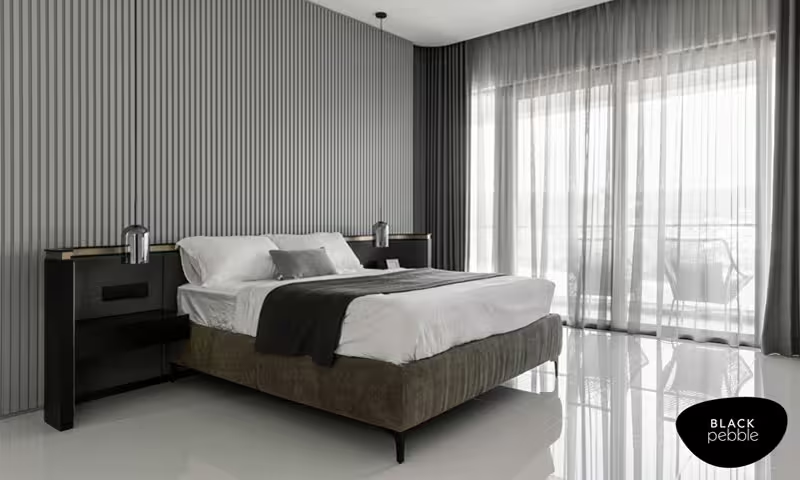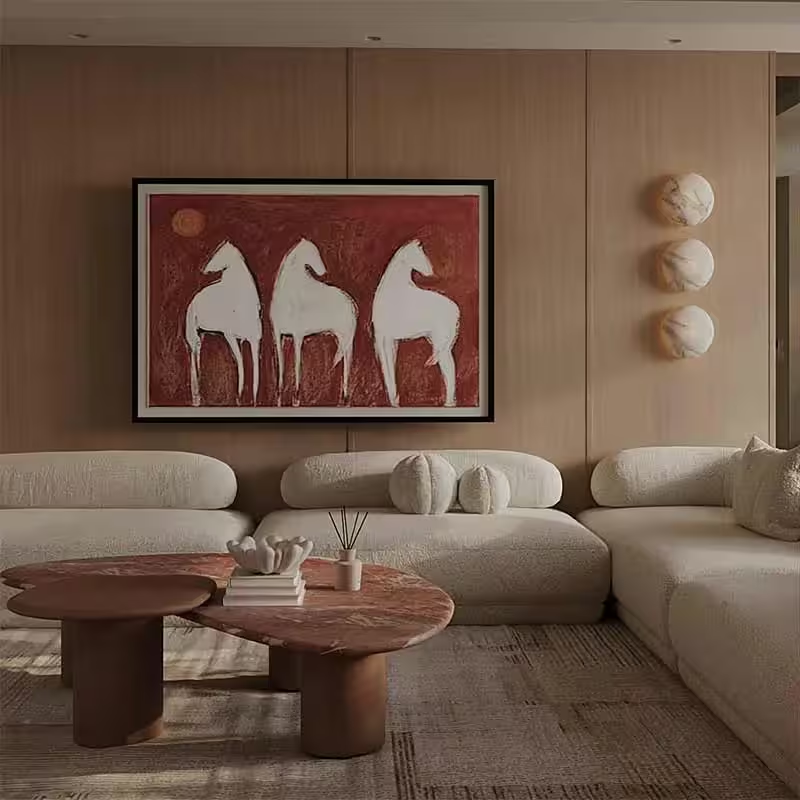Balancing Functionality and Aesthetics in Kitchen Designs
Designing a kitchen involves a delicate interplay between functionality and aesthetics. A well-designed kitchen is not only visually appealing but also highly functional, catering to the needs of its users. This balance becomes crucial, especially as kitchens evolve from mere cooking spaces into multifunctional areas that serve as gathering spots for families and friends.
Achieving this balance demands an understanding of various aspects, including layout, materials, lighting, and technology. Each element must harmonize with the others to create a cohesive environment. Interior designers play a significant role in guiding homeowners through this complex process, ensuring that every choice reflects both personal style and practical needs.
Understanding Functional Needs
Before diving into aesthetics, it is essential to assess functionality. A kitchen's primary purpose is to facilitate cooking and food preparation, but modern kitchens serve multiple roles. For families, they are often a hub for social interaction or homework sessions. This multifaceted use requires careful consideration of layout and storage options.
The classic work triangle—defined by the distance between the refrigerator, stove, and sink—remains a fundamental principle in kitchen design. This configuration allows for efficient movement during meal preparation. However, contemporary kitchens often expand beyond this triangle to accommodate additional appliances like microwaves, dishwashers, or even wine coolers.
Storage is another crucial component of functionality. In many cases, clutter can diminish both usability and visual appeal. Interior designers frequently recommend maximizing vertical space with cabinets that reach the ceiling or incorporating smart storage solutions such as pull-out shelves or deep drawers.
Aesthetic Considerations
Once functionality is established, aesthetics come into play. The visual appeal of a kitchen contributes significantly to its overall atmosphere and can enhance the joy of cooking and entertaining. When planning aesthetic elements, it helps to consider color schemes, textures, materials, and finishes.
Color plays a vital role in setting the mood of the space. Lighter shades can create an illusion of openness while darker tones add drama and sophistication. Trends often fluctuate between vibrant hues or minimalist palettes; however, timeless choices such as white cabinetry paired with natural wood accents tend to outlast fleeting trends.
Textures also contribute significantly to aesthetic appeal. Mixing materials like stainless steel appliances with warm wooden countertops can create depth within the space. Open shelving allows for decorative displays while maintaining accessibility; however, it also necessitates careful organization to avoid visual clutter.
Lighting is another critical factor in achieving aesthetic balance. It serves both functional and decorative purposes—task lighting illuminates work areas while ambient lighting sets the overall tone of the room. Layered lighting designs that combine overhead fixtures with under-cabinet lights provide versatility for different activities throughout the professional interior designers Mangalore day.
Integrating Technology
As technology continues to advance rapidly within home design, integrating smart features into kitchens has become increasingly popular among homeowners seeking convenience without sacrificing style. Smart appliances streamline cooking processes while adding modern flair—think refrigerators equipped with touch screens or ovens that can be controlled via smartphone apps.
However, embracing technology should not overshadow aesthetic values. The challenge lies in selecting devices that blend seamlessly with existing décor rather than becoming obtrusive elements within the space.
For instance, opting for built-in appliances can maintain clean lines while providing all necessary functions without compromising on style. Similarly, choosing sleek finishes like black stainless steel or matte options allows homeowners to achieve high-tech looks without overwhelming traditional design elements.
The Role of Interior Designers
Interior designers bring invaluable expertise when navigating these decisions around functionality and aesthetics in kitchen design projects. Their experience enables them to ask pertinent questions about lifestyle needs before sketching plans tailored specifically for each client’s vision.


Working closely with clients ensures designers understand preferences regarding styles—from rustic farmhouse vibes to contemporary minimalism—and how best these can be achieved within budget constraints.
Moreover, interior designers are adept at sourcing quality materials that will endure daily wear while maintaining their beauty over time—a significant consideration given how much use kitchens see compared to other home areas.
Collaboration often extends beyond initial planning stages; interior designers regularly liaise with contractors throughout construction phases too—guaranteeing that every aspect aligns perfectly according to plan while addressing any challenges promptly should they arise onsite during builds or renovations.
Practical Tips for Homeowners
Homeowners embarking on kitchen remodels should keep several practical tips in mind:
First consider establishing clear priorities before beginning discussions about design ideas—whether maximizing storage space takes precedence over achieving specific stylistic goals helps narrow down options earlier during planning stages. Second enlist help from professionals whenever possible—it saves time while providing access expertise that may otherwise go unnoticed during DIY efforts. Lastly remain open-minded about potential changes along the way; flexibility often leads unexpected discoveries resulting better outcomes than those initially envisioned!
A successful kitchen balances functionality with aesthetics through thoughtful planning paired skilled execution by professionals who understand nuances involved within this exciting yet demanding realm home design entails!
Conclusion
The fusion of functionality and aesthetics defines modern kitchen design as much more than just a place for cooking; it transforms into an engaging environment conducive not only towards culinary creativity but also social interactions shared amongst family members friends alike! By considering every element from layout down finishings alongside professional guidance provided reputable interior designers homeowners can create spaces truly reflect their unique lifestyles preferences through harmonious blends practicality beauty!
Black Pebble Designs - Interior Designer in Mangalore
Address: 1104 Planet SKS, Kadri, Mangaluru, Karnataka 575004
Phone: +91-8106071763
Email: info@blackpebbledesigns.com
Open Hours: Mon-Sun 9:00AM - 8:00PM
